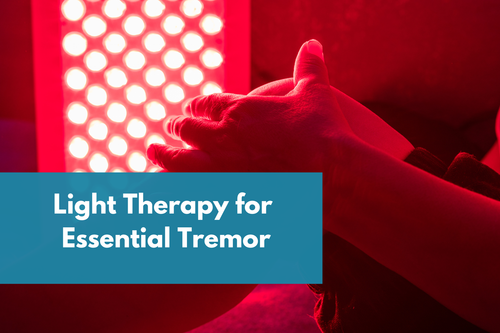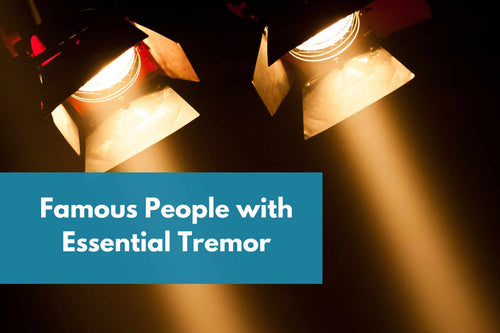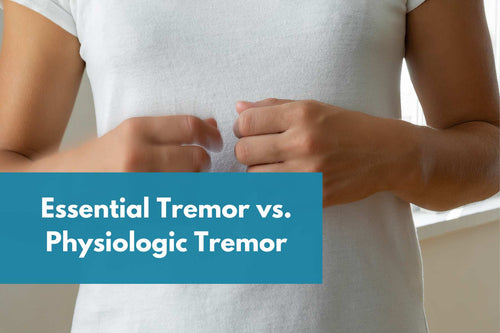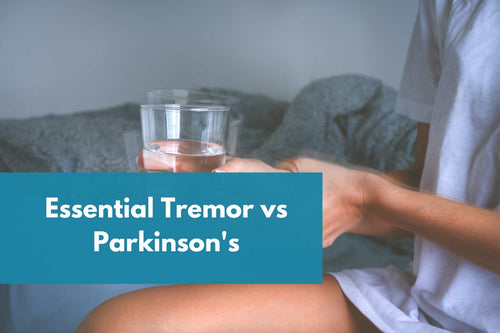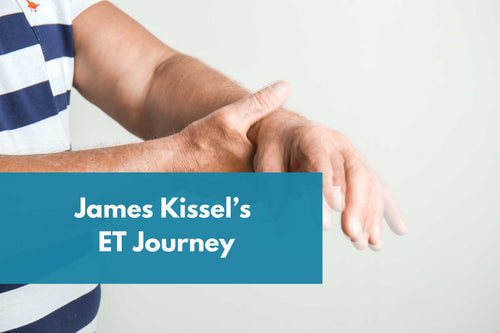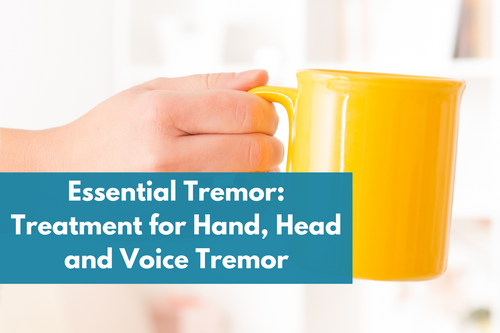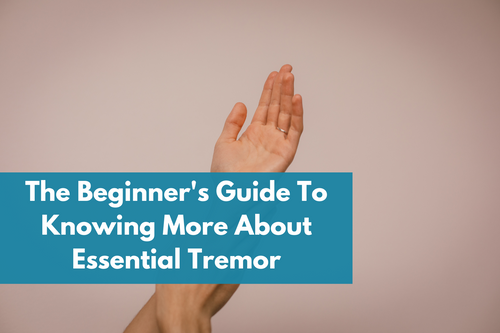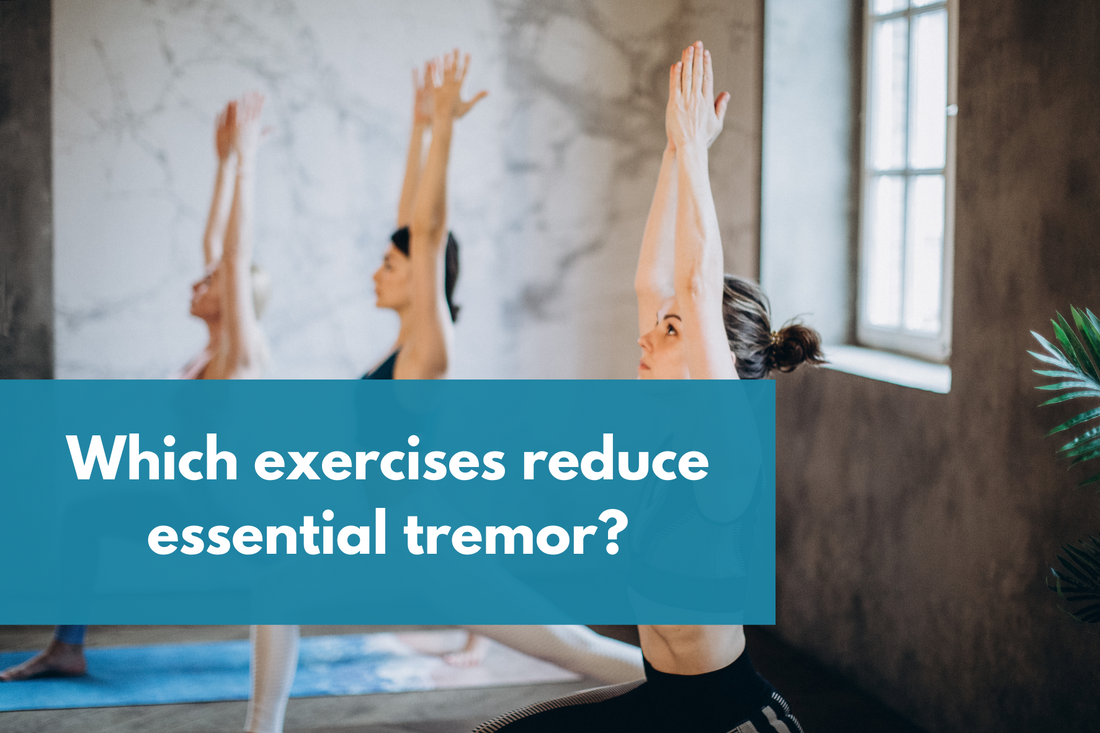
What Are the Best Exercises to Minimize the Effects of Essential Tremor?
Share
Essential tremor (ET) is a common neurological disorder. This condition can affect a person's voice, head, and hands. Evidently, the tremors can first be seen on one or both hands. Furthermore, the tremor has two characteristics that can be obvious on both hands; it has a kinetic and resting component. It can affect anyone, but the specific age group that is commonly affected is those over 40 years old. So with age, the condition worsens.
And in the early stages of this condition, some people do not opt for any treatment. In advanced settings, however, symptoms will become more noticeable and severe. As a result, the person affected may have difficulty performing basic tasks. That is why exercise could be an excellent preventive treatment for these difficulties.
There is no exact cure for essential tremors, but they can be managed with deep brain stimulation, medications, nerve stimulation, and exercise. However, exercise is a convenient option for people suffering from this condition.
Mainly, it is a non-invasive treatment and not to mention cost-effective. There is growing evidence that the severe progression of tremors can cause physical inactivity. It is because imbalances and involuntary movements hinder people suffering from this disease from living normally. That is why it is essential to introduce exercise as a long-term treatment.
According to (Vance & Ulanoski, 2019), vinyasa yoga significantly improved the rating scale of 5 participants out of 6 on the Tremor Research Group Essential Tremor Scale.Furthermore, another low-impact exercise that could be beneficial is stretching exercises. They are effective because both activities offer relaxation, and breathing techniques are emphasized. And because stress triggers tremors, these techniques decrease the release of cortisol, reducing the stress in our body.
Consider these exercises a general essential tremor workout that benefits the whole body.
What is the best exercise for hand tremor?
The hands are the most common body part where you can witness the trembling from essential tremor. If the condition worsens, you will have difficulty in hand dexterity, like holding a cup, eating, and even brushing your teeth.
According to the results of this study by (Budini & Lowery, 2014), simple resistance training improved the fine manual dexterity of patients with essential tremor. The exercises that were introduced were unilateral bicep curls, wrist flexion, and extensions. These were done twice a week for 45 minutes and by using dumbbells.
Another study concluded that strength training reduces the magnitude of hand tremors (Bilodeau& Keen, 2000). In this study, the patients who lifted heavy loads during a constant force task benefited the most. Researchers observed increased steadiness and improved functional capacity of the hand.
This third article (Kavanagh & Weddernburn-Bisshop, 2015) conducted a six-week high-impact resistance training program for a healthy and ET group. And the ET group did not only improve in strength but with this improvement of strength came the refinement of hand motor functions.
Considering all these studies, it is apparent that they support the importance of upper-body resistance training. And resistance and strength training exercises can decrease the amplitude of the hand tremor and improve the hand's fine motor skills.
What is the best exercise for head tremor?
Nodding of the head, like saying yes or no, is the manifestation of an essential tremor to the head. But it is not severe compared to hand tremors. However, to reduce the amplitude of head tremor, this study by (Farashi & Bashirian, 2021) suggested strengthening exercises of the upper body, especially the arms. Additionally, changing body positions can also decrease them. For example, in this study led by (Agnew & Frucht, 2011), researchers found a decrease in head shaking in the supine position. Exercises should be performed lying down to maximize the effects of treatment.
What is the best exercise for voice tremor?
Currently, there is no research pointing to any specific treatment for voice tremors. However, this study by (Aaronson & Hartman 1981) concluded a linkage between spasmodic dysphonia and voice tremor from essential tremor. And the National Spasmodic Dysphonia Association has developed exercises for voice tremors associated with this condition. Some of the example exercises are:
Breathing exercise
Releasing tension within the body
Inhale, and breathe in through the nose. Be aware, and feel the air come down from the nose to the rib cage and finally to the diaphragm. Then exhale through pursed lips (for longer than you inhaled). Make sure your cheeks and throat are relaxed. As you exhale, place your hand on your mouth, and you should feel a smooth breath.
Adding sound to breath
With exhaling, say the word "who" and say it as if you are yawning/sighing. Feel your breath in front of your mouth. And make sure that you allow yourself to relax and not force your breath.
Blowing Out Candle Exercise
Put your hands in front of your mouth and feel your breath again. Use consistent breath as you blow, just like blowing a candle. After that, you can add an "oo" sound. You should feel the sound in front of your mouth.
You can start with a "higher pitch" and then adjust to your typical talking pitch. Then you can progress with different words using your breath. That's because it is easier to produce a sound with your breath/air.
Exercises like these are helpful to anyone, regardless of whether they have voice tremors. However, they do not reduce the magnitude of your tremors; but help the person speak more comfortably through them. And in addition to that, it reduces stress because they promote relaxation, awareness, and a sense of calm.
How about the legs, are they affected?
As I've mentioned in this article, the typical feature of essential tremor is hand tremor. And the legs are the least affected by it. However, this research study by (Poston & Rios, 2009) found that patients with essential tremor showed a moderate correlation between leg tremor severity and disease duration. Moreover, there is still much to be learned about this, and more research is needed.
The following interventions could also be helpful:
Modifying certain things that help with the activities of daily living should be a priority. In this way, it will motivate people with essential tremor to do things independently. For example:
- Some people benefit from wrist weights because they can improve their steadiness by weighting the upper limb
- Using straws to drink
- Heavy utensils and cup
- Instead of doing certain things manually, use electric types (e.g., electric razor, electric toothbrush)
- Magnetic buttons for simple doffing and donning of clothes
Takeaways
Yoga and stretching can help release tension in the whole body and reduce stress for patients with essential tremor.
Resistance training in the upper body can help improve the dexterity of the hands. Also, strength training can decrease the magnitude of the tremors.
Vocal therapy exercises will not reduce the voice tremor but rather promote less effort when using the voice with speaking.
Further studies should be conducted on other body parts less affected by the tremors, like the legs.
Changing some aspects of the person's basic needs with ET can make their lives easier.
Author: Dr. France Ember Magalit PT,DPT. Ember holds a Doctorate degree in Physical Therapy. She advocates for holistic treatments and women’s health.

